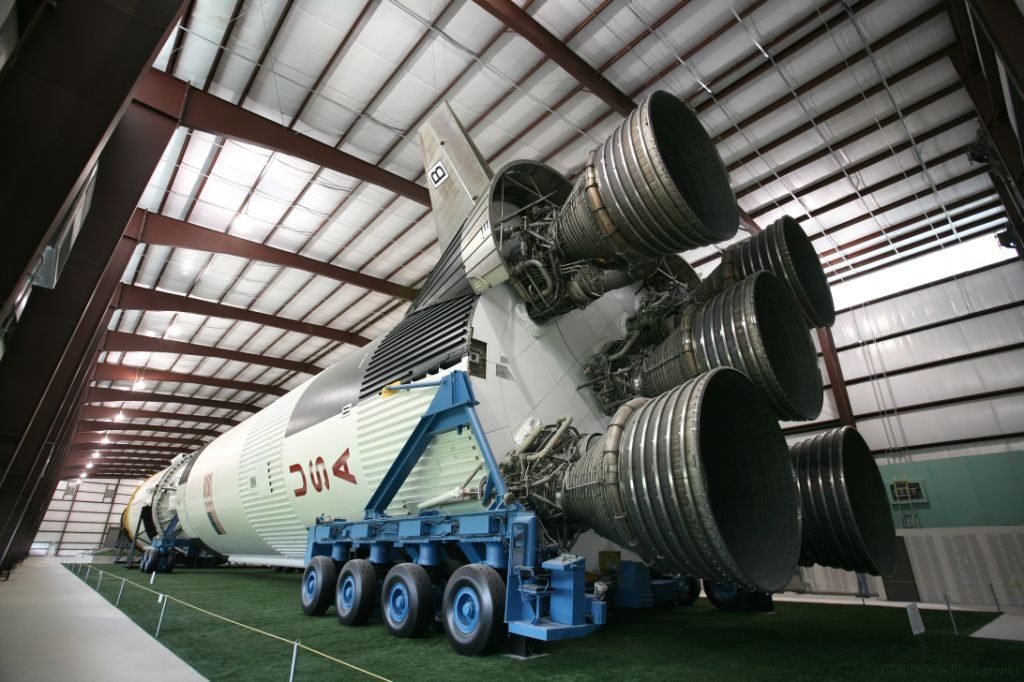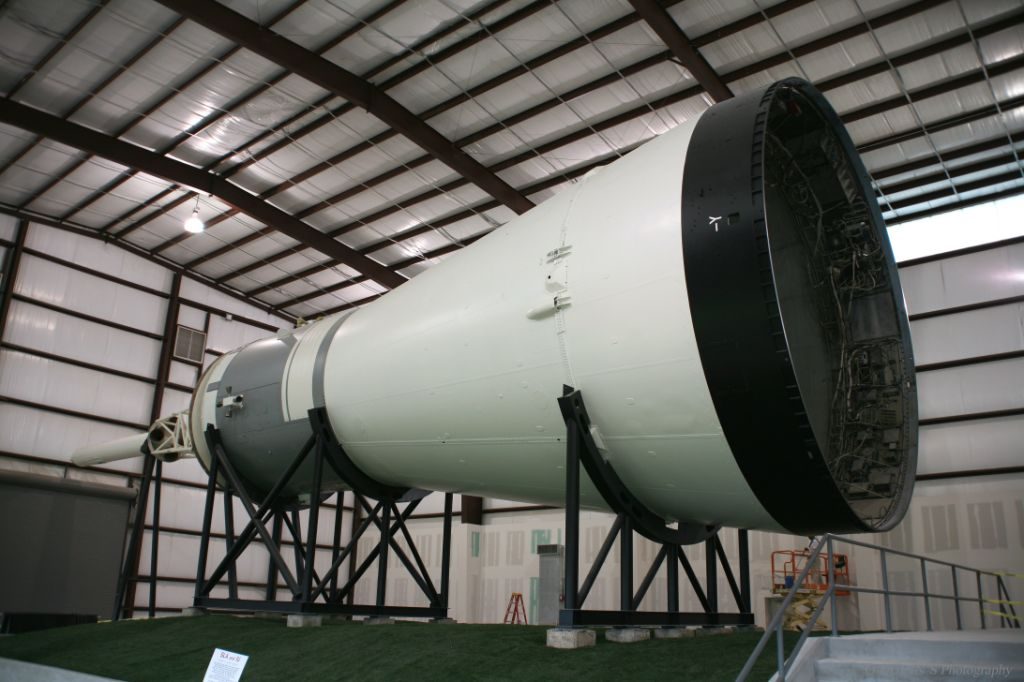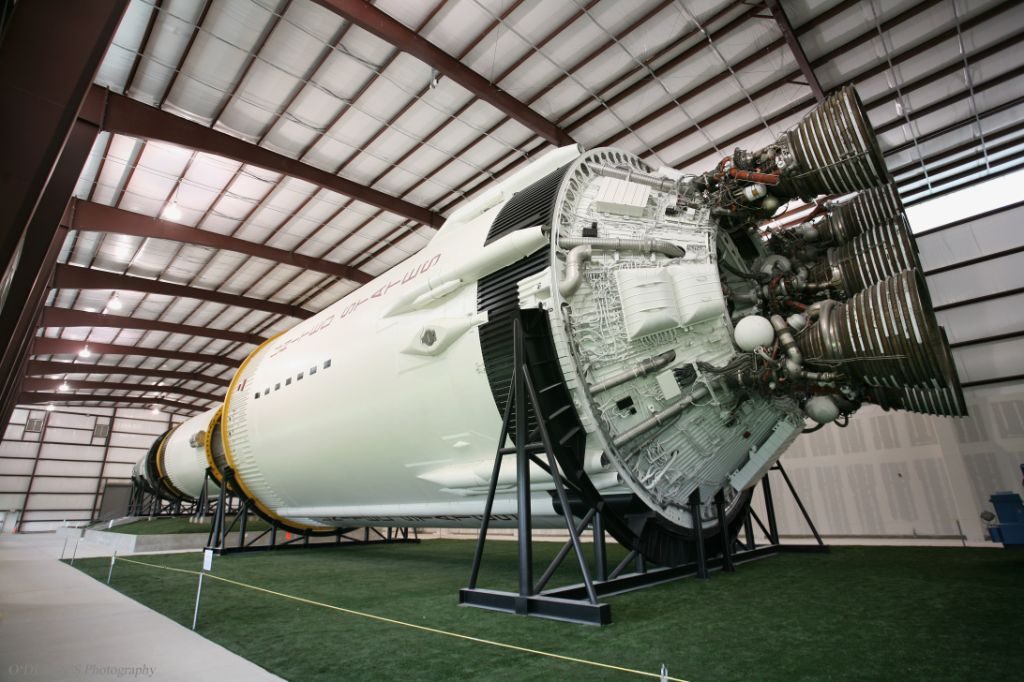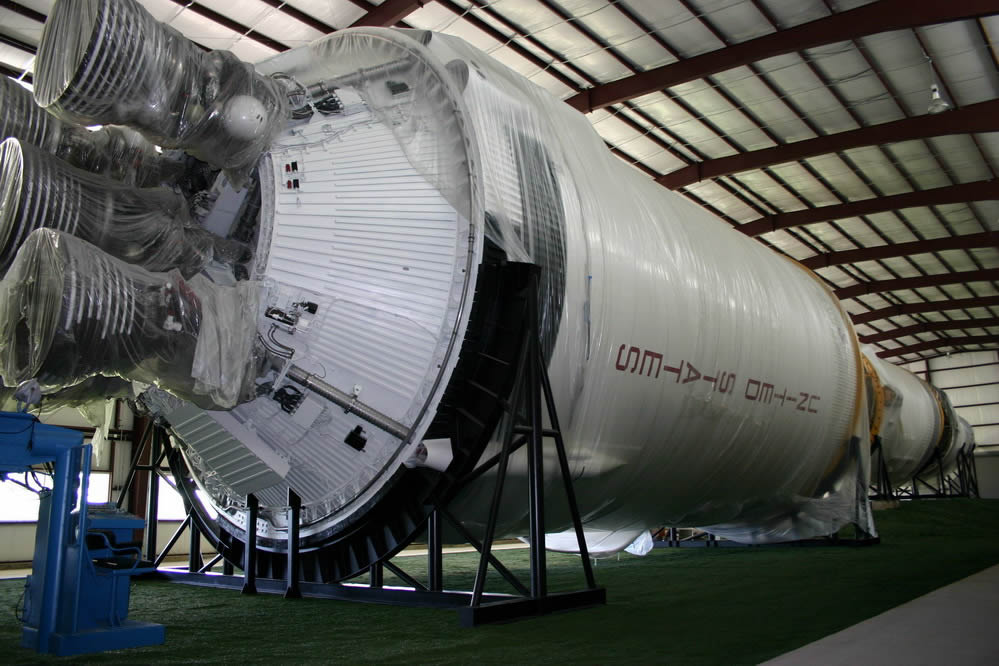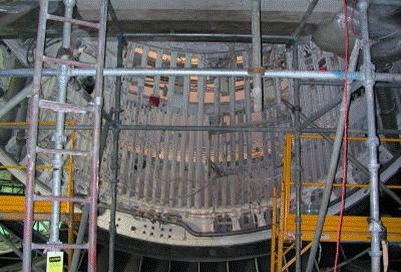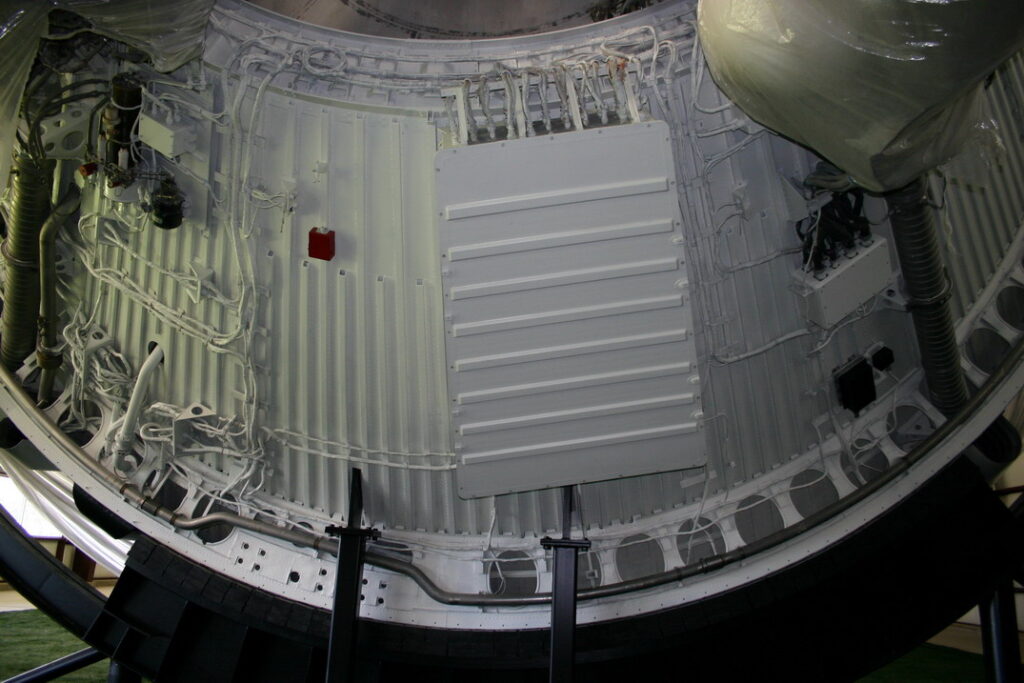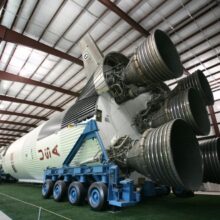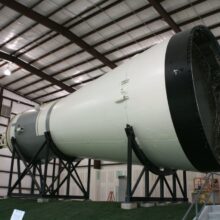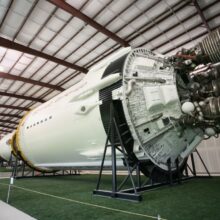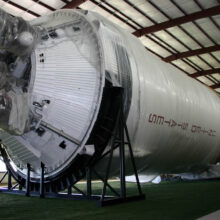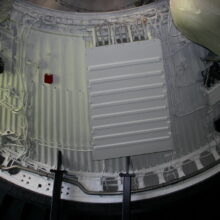Saturn V Rocket
From 2004 to 2006 we stabilized and restored the Saturn V Rocket located at the Johnson Space Center in Houston, TX. This example is one of three surviving vehicles built during the late 1960s to launch Americans to the moon, and is assembled from flight-ready stages and spacecraft from the Apollo and Skylab programs. Measuring 363-feet-long and capable of generating 7. 5 million pounds of thrust, the Saturn V remains the largest, most powerful American launch vehicle ever built. Displayed outdoors since 1977, the rocket exhibited widespread paint failure, moisture infiltration, structural failures, an overall accumulation of atmospheric and biological soiling, and severe corrosion of its complex system of metal alloys, including aluminum (extruded, cast and milled) and aluminum honeycomb sandwich. Non-metal materials such as spray-on polyurethane foam, cork, and various types of plastic, phenolic resin, and fiberglass composites, had significantly deteriorated.
We previously performed a condition assessment and material analysis/testing to inform their recommendations for appropriate conservation treatment. General treatment included the removal of debris using high pressure waterjets (>25,000psig), with more fragile materials being stripped of coatings using chemical gels. Corrosion was treated and metal failures were repaired inkind. Structural repairs were designed by engineers and installed to return structural stability to significant features. Modified and new display stands components were designed for the Service Module and Command Module/Launch Escape System. After all repairs were complete, the rocket was primed and painted to match the historical color and scheme determined through paint analysis. Matching decals were custom made and installed over the paint system.
